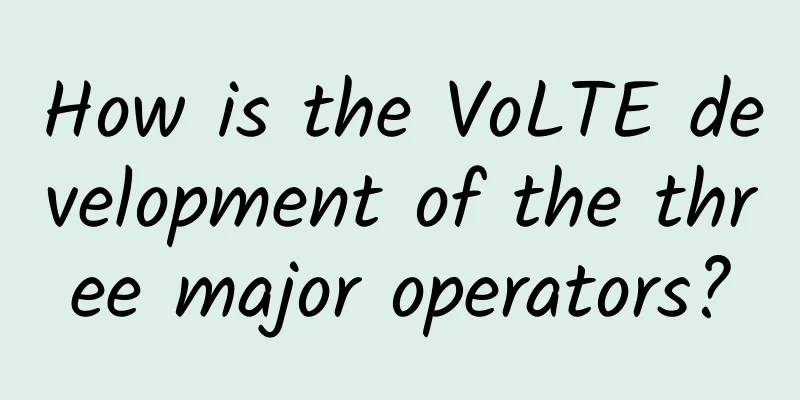UK: Infrastructure cannot keep up, 5G application progress is slow

|
According to reports, 5G deployment in the UK is slowly gaining momentum and now covers 383 towns. This next-generation network is expected to transform the telecommunications industry and generate a large number of smart applications, paving the way for a truly futuristic world. However, as the main focus over the past two years has been around the radio access network, the real value creation opportunities will emerge with the rollout of the 5G core network. While the Internet of Things had been developing for some time before the 5G phenomenon began, it has received a major boost due to the COVID-19 pandemic, with 5G networks expected to be its driving force. However, this new network will not have an impact on mobile communications at a user level in the short term due to the lack of supporting infrastructure. EE, for example, does not expect to have nationwide coverage in the UK until 2028. Therefore, 5G networks will coexist with existing networks for at least the next decade, with 4G remaining the primary carrier for all voice and data traffic, as well as the main enabler of computing and the Internet of Things for the foreseeable future. Infrastructure dilemmaThe UK government has introduced various initiatives to accelerate the rollout of 5G. For example, the rules relating to the construction of telecommunications infrastructure have been overhauled, with no longer the need to seek building permission. The result of this radical change has been the emergence of giant signal masts. While their construction is partly aimed at improving rural connectivity as part of a shared communications network initiative, these infrastructures are also being built because of their “ability” to support large numbers of 5G phones, as they believe their height will eliminate line-of-sight challenges. In theory, a 5G network should be able to support more than 1 million devices per square kilometer simultaneously, compared to just over 60,000 devices on current 4G networks. However, the reality is somewhat different. The frequency bands allocated for 5G (< 6 GHz or 28+ GHz) have a short transmission range, and giant masts have little impact in densely populated areas where deployment efforts are concentrated. Therefore, there is a need for roadside installation of complementary small cell-type devices, not only to overcome the line-of-sight propagation challenges caused by buildings, trees, vehicles, etc., but also to enable the autonomous technology required to realize the smart city aspirations. The deployment of the underlying infrastructure and fiber cabling has been delayed for a number of reasons; ownership, operating business models, funding, etc. The situation has been further complicated by the pandemic and discussions around the unproven safety issues of certain 5G frequencies. Huge investment required at the operator levelBefore the aspiration can be realized, an infrastructure overhaul will need to occur at the operator level. Not only that, but mobile network operators will need to change their existing business models and integrate the relevant cloud infrastructure into the base stations and cell towers they’ve already built. The speed at which this happens is affected by the upfront capital expenditure required. There is also some scientism about the “cloud operator” concept, as their investments in 3G and 4G spectrum have not yielded the expected economic returns. The 5G phones already in circulation are constantly switching between 4G and 5G networks, reducing their overall performance, and this “rollover” is not going to end soon. All of these obstacles raise questions about the true purpose of 5G. Dedicated mobile networks are the current driver of 5GAll mobile networks so far have been designed to cater to people. 5G, on the other hand, is designed with machines in mind. 4G has an average latency rate of about 50 milliseconds, while 5G could drop to 1 millisecond. However, the average latency of existing 5G networks is about 10 milliseconds. The networks also promise transmission speeds of up to 10 gigabits per second. These differentiators will have little impact on commercial services, but they will allow machines to achieve nearly seamless communication. These high performance/low latency capabilities are driving the IoT revolution while driving a growing demand for private mobile networks. However, the ability to acquire spectrum to run said networks is limited to large enterprises and does not take into account the requirements of mid-sized enterprises. The current situation of medium-sized enterprisesMeanwhile, the most logical strategy for mid-sized businesses looking to take advantage of the IoT is to provide dedicated coverage for existing 3G and 4G services. 3G has been in use for more than 20 years, and 4G has been in use for about 10 years, but many facilities still do not have adequate indoor coverage for these services, let alone 5G. There is also the aspect of public safety communications to consider for accessibility reasons, which will also move to 4G-based communications. 4G will remain the dominant service for commercial cellular and M2M communications for the foreseeable future, as cloud computing infrastructure and data backhaul challenges exist at the base station/telecom tower level. Therefore, it is imperative that facility managers continue to ensure ubiquitous coverage of existing services and enhance these services with 5G as 5G deployment accelerates and real use cases beyond private mobile networks emerge. |
>>: 5G messaging reaches a new level, and the commercialization process is expected to accelerate
Recommend
AnalyticDB PostgreSQL teaches you how to implement distributed consistent backup and recovery
1. Background AnalyticDB for PostgreSQL (ADB PG f...
Ministry of Industry and Information Technology: More than 1,800 "5G + Industrial Internet" projects are being built nationwide
Reporters learned from the press conference of th...
Connecting new momentum, intelligent manufacturing wins the future: Huawei Intelligent Manufacturing Network Innovation Digital Summit 2022 was successfully held
On October 28, Huawei Intelligent Manufacturing N...
"New infrastructure" is a super hot spot, with direct investment exceeding 10 trillion yuan and driving investment exceeding 17 trillion yuan
At the press conference of the National Developme...
An article about NioEventLoopGroup source code analysis
[[408806]] This article is reprinted from the WeC...
802.11ax emerges, what does it bring to wireless?
In 2017, Broadcom, Qualcomm, Marvell and other ma...
DogYun New Year Promotion: 30% off on Elastic Cloud, 20% off on Classic Cloud, 100 yuan off for standalone server, free next month, top up 100 yuan and get 10 yuan free
DogYun announced yesterday its promotion during t...
Huawei and industry partners jointly release the "5G Deterministic Network Architecture Industry White Paper"
Today, the 5G Deterministic Network Industry Summ...
Shenyang University: All-optical wireless optimizes application experience and creates a "easy-to-use and easy-to-use" campus network
Shenyang University is one of the universities wi...
Wu Hequan: 5G, as the first choice for new infrastructure, will face five major challenges
On April 28, Wu Hequan, an academician of the Chi...
Five realistic predictions for enterprise IT in 2018
As 2017 is coming to an end, many companies are p...
Tudcloud: Hong Kong VPS monthly payment starts from US$7.2, with options for high bandwidth or unlimited traffic
Tudcloud is a newly opened hosting company that p...
GreenCloudVPS: Japan VPS with 500GB hard disk for $50 per year, KVM, available in Osaka & Tokyo
I have shared information about GreenCloudVPS sev...
The Ministry of Industry and Information Technology reminds you to set the SIM card password in time. Doing these four things after losing your phone is more important than calling the police.
[[347353]] If you lose your phone, do you know wh...
How to configure OVN load balancer?
Translator profile: Zheng Minxian works for Nooyu...







![[11.11] LOCVPS top up 1000 yuan and get 100 yuan, Hong Kong VPS 30% off, 20% off for all](/upload/images/67cac03bef119.webp)

